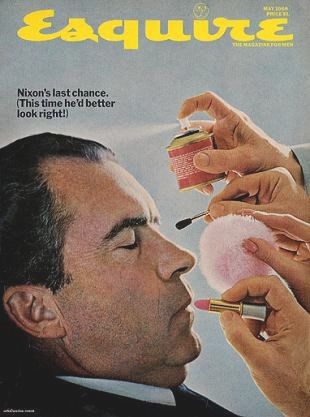I used the below images to create my poster.
Here is my poster:
I decided to do a poster for bongo java, because since we are all Belmont students, obviously we all might as well have our own beds there. I know personally I spend way more time and money than I should there. I am always interested by the assortment of people that are there. I love seeing the business people sitting 2 tables away from dirty kids with dreds that are skipping high school. When I was looking through all the posters I was intrigued by all the different characters that were in the posters. I wanted to be able to tell a few different stories with my poster, yet have it focused on one. I wanted it to be simpler so I kept the colors as the yellow, orange, deep green and beige colors that were very common in the posters I was looking at.
The 10 aspects of Art Nouveau that are evident in my poster are:
1.Simple bright color palette- I only used about 4 colors to create my poster, this is like the art nouveau movement because in many of the posters they only used a few colors and kept them very flat. All of my colors are flat except for the background, in keeping with their style.
2. Flattened space- Going along with the flattened colors, the space is flattened out in my piece. Although there are people behind the main man, the pattern really flattens it out. Many of the pieces from this period of time show the patterning in the background to flatten the space, for example the Inland Printer piece I used is very flat because of the heavy use of the pattern.
3. Organic Lines- It is very rare that you would see a straight line in art nouveau posters, they loved the organic and nature inspired shapes. Since I took all of my figures from different prints, they obviously carry over the organic lines aspects of it. Even the table, which should be straight is clearly hand drawn, therefore having slight imperfections.
4. Patterning- The background is heavily patterned because of the use of patterns in art nouveau. Artists liked using patterns in their work, especially patterns drawn from nature, like the one in my background. It makes it a little more interesting than just flat colors everywhere.
5. Focus on one individual. Although there are many figures in mine, the clear focus in on the man in the front. In traditional Art Nouveau the focus is normally put on a main woman. If you look at the prints I cited, especially the Lautrec one with the woman in black you can see that aspect of things going on in the background but the clear focus being on one person.
6. Female forms- Although my main character in mine is a male, there is definitely the use of female forms like Art Nouveau posters. They loved the female form and loved the curvy lines and organic shapes created by a woman's outline. This is especially evident in my use of the Lautrec print with the couple. The girl's back is not normally shaped, but it is still very beautiful to the eye because of the extreme curve.
7. Bold outlines- I kept the bold outlines on the man to stay true to the style Lautrec most commonly showed, where the shapes are defined by outlines rather than color or shading. Although the male figure is not a Lautrec piece it really has emphasis on the outlines.
8. Symbolism- The art nouveau movement liked the use of symbols, for example a woman never was just a woman in their prints, she either stood for a group of people or was a specific character that had meaning. All of the characters in mine are symbols of the different types of people one would see at Bongo, I wanted to represent many different types of people.
9. Slight abstraction- The individuals in this poster are obviously not photorealistic representations of people. The art nouveau artists seemed to slightly abstract and generalize human forms. This is consistent in my piece.
10. Floral/Plant decoration- In the art nouveau movement and especially the arts and crafts movement, there was a longing for nature. Many people had a fresh passion for nature and the beauty that exists outside of cities because of the industrial revolution and the overwhelming shift toward everything man-made. Artists used these floral patterns to create that more natural look, this is shown in my background.
1.























